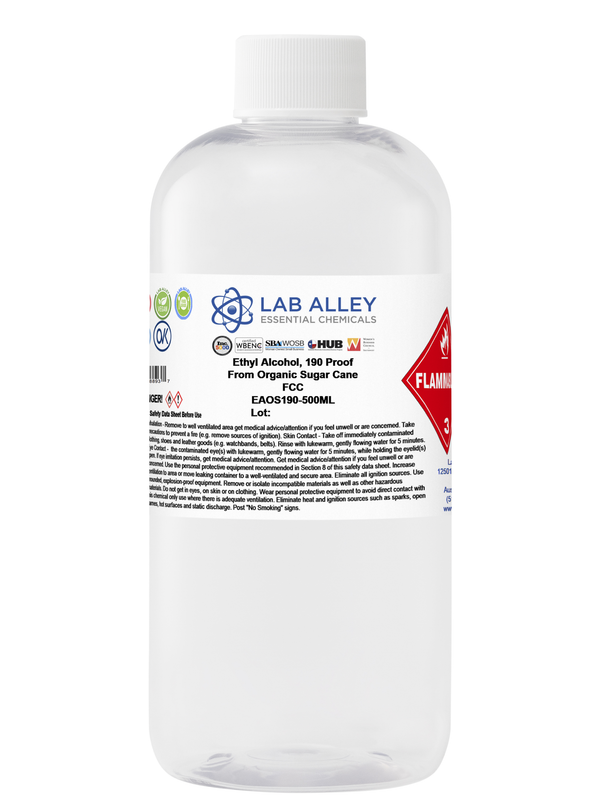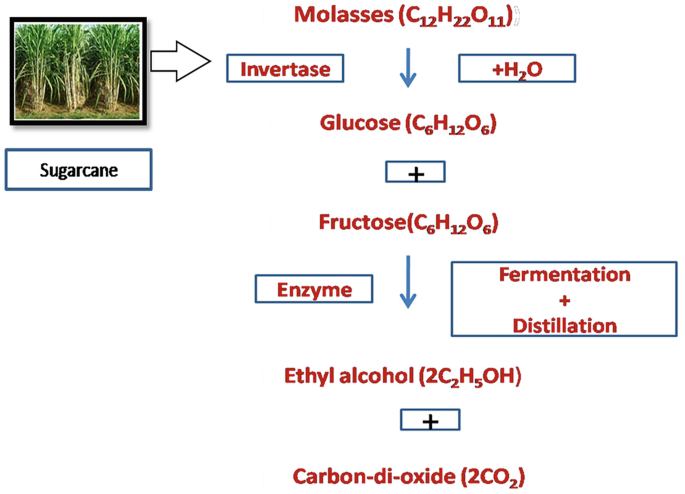Recognizing the Diverse Roles of Sugar Cane in Farming and Production
Sugar Cane plays a crucial function in both farming and manufacturing. As a significant cash money plant, it impacts economies in exotic areas. Its convenience expands beyond sugar production to biofuels and eco-friendly materials. Furthermore, sugar Cane cultivation advertises soil wellness and biodiversity. The complete extent of its payments and potential in lasting practices stays to be discovered. What cutting-edge measures could improve its role in future agricultural systems?
The Agricultural Importance of Sugar Walking Stick
Sugar Cane plays a vital duty in agriculture, contributing substantially to the economic climates of numerous exotic and subtropical areas. This lawn varieties thrives in warm environments, calling for enough sunlight and water, making it a suitable crop for these areas. Sugar Cane is largely grown for its high sucrose material, which functions as a vital basic material for sugar production. In addition, it plays a considerable duty in soil preservation by avoiding disintegration and enhancing dirt fertility via its development cycles. Sugar walking cane's considerable root system aids in water retention, benefiting bordering plants. Additionally, the plant supports local communities by giving habitat and food for numerous wildlife types. Farmers often integrate sugar Cane right into crop turning systems, improving biodiversity and agricultural durability. The growing of sugar Cane not just fulfills local food needs however also cultivates sustainable agricultural techniques, promoting long-lasting ecological wellness in farming areas.
Financial Payments of Sugar Cane Cultivation
Sugar Cane is typically neglected, its financial contributions are considerable, especially in developing nations where it serves as a necessary cash crop. The farming of sugar Cane creates substantial earnings for countless farmers, offering source of incomes and promoting rural growth. As a functional crop, it supports numerous industries, consisting of sugar production, biofuels, and pharmaceuticals, as a result boosting regional economic situations.
Sugar Cane growing promotes work creation in agricultural sectors, refining facilities, and transport networks. It also adds to fx incomes via exports, improving nationwide financial security. In regions such as Brazil and India, sugar Cane plays a crucial function in farming exports, bolstering trade equilibriums.
Furthermore, the crop's byproducts, like bagasse and molasses, supply more economic possibilities, made use of in power generation and animal feed. The financial impact of sugar Cane extends past mere growing, influencing broader farming and commercial landscapes.
The Process of Sugar Production From Walking Stick

The trip from sugar Cane to refined sugar includes several key phases that highlight the intricacy of sugar production. Mature sugar Cane stalks are harvested and carried to refining facilities. What Is Sugar Cane Used For. The Cane is after that squashed to draw out juice, which includes a high concentration of sucrose. This juice undertakes information, where impurities are gotten rid of, commonly utilizing lime and warm
Next off, the cleared up juice is vaporized to focus the sugar web content. The resulting syrup is then based on condensation, permitting sugar crystals to create. These crystals are separated from the continuing to be syrup via centrifugation and cleaned to get rid of any kind of recurring molasses.
The last entails refining, where sugar crystals are further cleansed and bleached, resulting in the white granulated sugar commonly used in foodstuff. This thorough process emphasizes the complex journey from raw Cane to the sugar that plays an important duty in numerous culinary applications.
Sugar Cane as a Source of Biofuels
As passion in renewable resource resources expands, sugar Cane has actually emerged as a substantial prospect for biofuel production. The plant's high sugar web content allows reliable fermentation processes, transforming sugars right into ethanol. This biofuel works as a renewable option to fossil gas, lowering greenhouse gas discharges and advertising energy sustainability.
Nations like Brazil have long used sugar Cane for ethanol, establishing extensive production facilities that supports both residential energy demands and global export. The growing of sugar Cane for biofuel has additionally produced financial opportunities, specifically in rural areas, where it generates employment and supports regional agriculture.
Sugar Cane biofuels can be integrated into existing fuel systems, making them a sensible service for moving away from conventional power sources. As technical developments remain to improve manufacturing efficiency, sugar cane's role in biofuel advancement is poised to broaden, even more adding to international efforts towards sustainable energy fostering.
Innovative Uses Sugar Cane in Biodegradable Plastics
A growing number of suppliers and researchers are discovering cutting-edge uses of sugar Cane in the manufacturing of biodegradable plastics. Sugar cane, rich in sucrose, can be processed to develop polylactic acid (PLA), a biopolymer that offers as a choice to petroleum-based plastics. This bioplastic can be utilized in different applications, including packaging, disposable cutlery, and farming films.
Making use of sugar cane-derived PLA offers several benefits, such as reduced reliance on fossil fuels and the capacity for reduced carbon discharges throughout manufacturing. Additionally, sugar walking stick's eco-friendly nature makes it an enticing selection in the quest for sustainable materials. Recent innovations in processing strategies have actually enhanced the efficiency and cost-effectiveness of generating these bioplastics, cultivating greater adoption in the industry. As the demand for green services grows, sugar Cane attracts attention as a valuable resource in the shift in the direction of greener manufacturing practices.
Environmental Advantages of Sugar Cane Farming

Furthermore, sugar Cane calls for less water compared to other crops, making it suitable for farming in dry regions. Effective use crop deposits, such as bagasse, can lessen waste and give renewable energy resources. Sugar Cane farming can help with the establishment of agroforestry systems, producing a synergistic connection in between plants and trees. These methods not just protect the setting but also advertise sustainable farming methods, eventually benefiting neighborhood areas and environments.
The Future of Sugar Cane in Lasting Practices

The potential for sugar Cane to add to renewable energy sources is obtaining traction. Biofuels obtained from sugar Cane can especially reduce carbon discharges compared to nonrenewable fuel sources, straightening with global climate goals. Furthermore, developments in waste management permit the utilization of byproducts, better decreasing environmental impact.
Research study into drought-resistant sugar Cane selections is also underway, supplying durability against environment adjustment. As stakeholders across the industry welcome these sustainable practices, sugar Cane is positioned to play a crucial duty in cultivating farming sustainability, guaranteeing its relevance in future markets and adding favorably to environmental balance.

Frequently Asked Questions
Exactly How Does Sugar Cane Affect Soil Health and Fertility?
The impact of sugar Cane on dirt wellness and fertility is considerable. Its substantial origin system improves soil structure, while raw learn the facts here now material from decomposing leaves adds vital nutrients, advertising overall fertility and supporting diverse microbial life.
What Are the Labor Problems for Sugar Cane Employees?
Labor problems for sugar Cane workers differ widely, usually characterized by long hours, low earnings, and risky environments. Many face challenges such as absence of accessibility to medical care and not enough protective actions against dangerous problems.
Can Sugar Cane Be Expanded in Non-Tropical Climates?
Sugar Cane generally flourishes in tropical environments because of its warmth and humidity demands. Certain non-tropical regions might effectively grow it through certain agricultural techniques, though returns and top quality might be considerably minimized.
What Vermin Commonly Threaten Sugar Cane Crops?
Bugs threatening sugar Cane plants include the sugarcane borer, aphids, and nematodes. These organisms can significantly affect crop yield, necessitating effective bug monitoring techniques to guarantee healthy and balanced development and optimize agricultural performance.
How Does Sugar Cane Growing Effect Local Communities?
The cultivation of sugar Cane considerably affects neighborhood neighborhoods by offering job opportunity, promoting financial development, and influencing basics social structures. In addition, it can lead to environmental difficulties, impacting farming techniques and area health and wellness in the area.
Sugar Cane is mostly cultivated for its high sucrose content, which serves as a vital raw product for sugar production. Farmers typically integrate sugar Cane into plant rotation systems, improving biodiversity and farming strength. The trip from sugar Cane to polished sugar entails numerous vital phases that highlight the complexity of sugar manufacturing. The final stage involves refining, where sugar crystals are further cleansed and blonde, resulting in the white granulated sugar typically utilized in food items. The plant's high sugar material enables reliable fermentation procedures, transforming sugars right into ethanol.